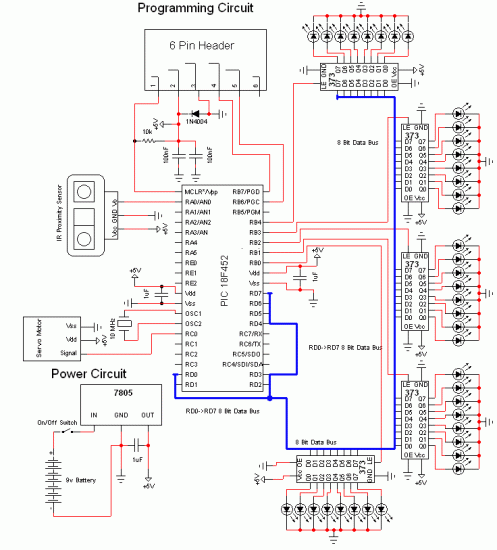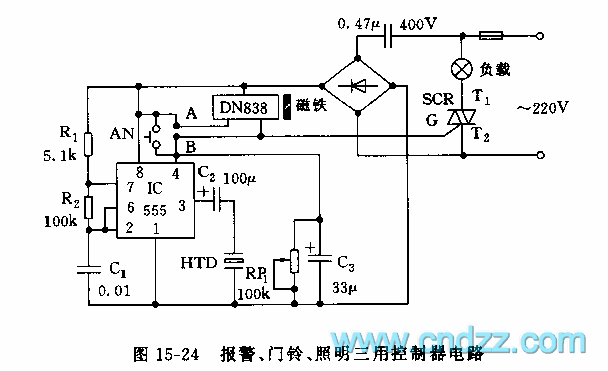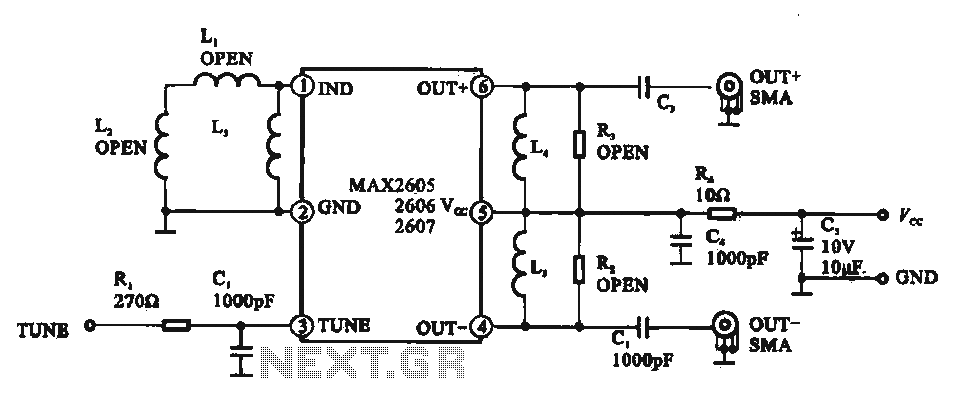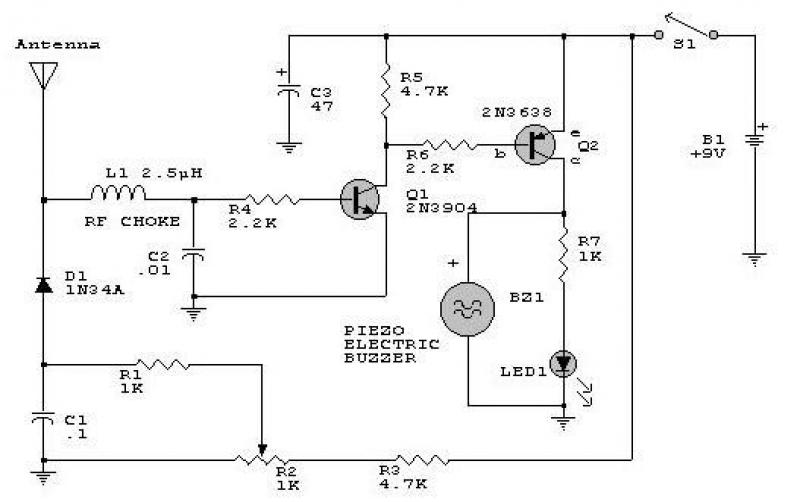
Infrared Radar Circuit

Chris from PyroElectro.com has an informative article detailing a do-it-yourself radar system constructed using the PIC18F452 microcontroller. This project is an excellent hobbyist endeavor, although the schematic design is quite complex. The system integrates three primary components to form a personal radar system: an infrared (IR) range sensor, a PIC microcontroller for processing, and an LED array for output display.
The radar system operates by utilizing an infrared range sensor that detects objects within its range. The sensor emits infrared light and measures the time it takes for the light to reflect back from an object. This time measurement is then translated into distance, providing information about the proximity of nearby objects.
The PIC18F452 microcontroller plays a crucial role in this system. It receives the output from the IR range sensor and processes the data using its built-in algorithms. The microcontroller is programmed to interpret the distance data and manage the logic required to control the LED array. This allows for the visualization of detected objects, where the LEDs can indicate varying distances based on the sensor readings.
The LED array serves as the output interface, providing a clear visual representation of the radar system's findings. Each LED can light up in different patterns or colors, depending on the distance of the detected object, thus enabling users to gauge proximity effectively. The complexity of the schematic arises from the need to integrate these components seamlessly while ensuring that the microcontroller is programmed correctly to handle the data flow and output.
Overall, this DIY radar system is an engaging project that combines hardware and software skills, providing users with practical experience in working with microcontrollers, sensors, and output devices. Chris from PyroElectro.com has a great article about a do-it-yourself radar system build with PIC18F452. It’s a great hobby project although the schematic is very complicated. This project uses three main devices to create a personal radar system. The IR Range sensor gives output, the pic microcontroller processes it and then displays the output on the led array.
🔗 External reference
The radar system operates by utilizing an infrared range sensor that detects objects within its range. The sensor emits infrared light and measures the time it takes for the light to reflect back from an object. This time measurement is then translated into distance, providing information about the proximity of nearby objects.
The PIC18F452 microcontroller plays a crucial role in this system. It receives the output from the IR range sensor and processes the data using its built-in algorithms. The microcontroller is programmed to interpret the distance data and manage the logic required to control the LED array. This allows for the visualization of detected objects, where the LEDs can indicate varying distances based on the sensor readings.
The LED array serves as the output interface, providing a clear visual representation of the radar system's findings. Each LED can light up in different patterns or colors, depending on the distance of the detected object, thus enabling users to gauge proximity effectively. The complexity of the schematic arises from the need to integrate these components seamlessly while ensuring that the microcontroller is programmed correctly to handle the data flow and output.
Overall, this DIY radar system is an engaging project that combines hardware and software skills, providing users with practical experience in working with microcontrollers, sensors, and output devices. Chris from PyroElectro.com has a great article about a do-it-yourself radar system build with PIC18F452. It’s a great hobby project although the schematic is very complicated. This project uses three main devices to create a personal radar system. The IR Range sensor gives output, the pic microcontroller processes it and then displays the output on the led array.
🔗 External reference





